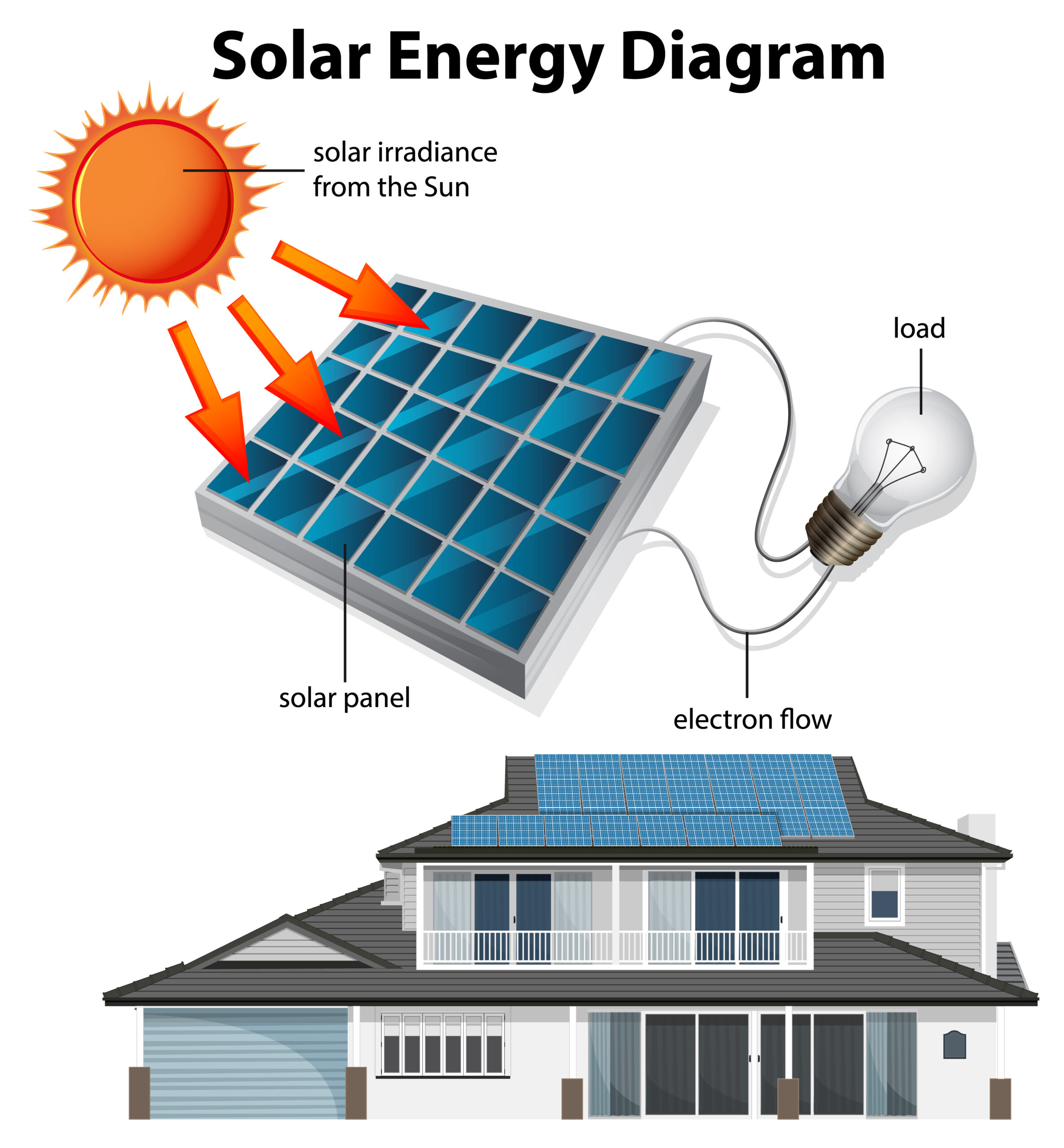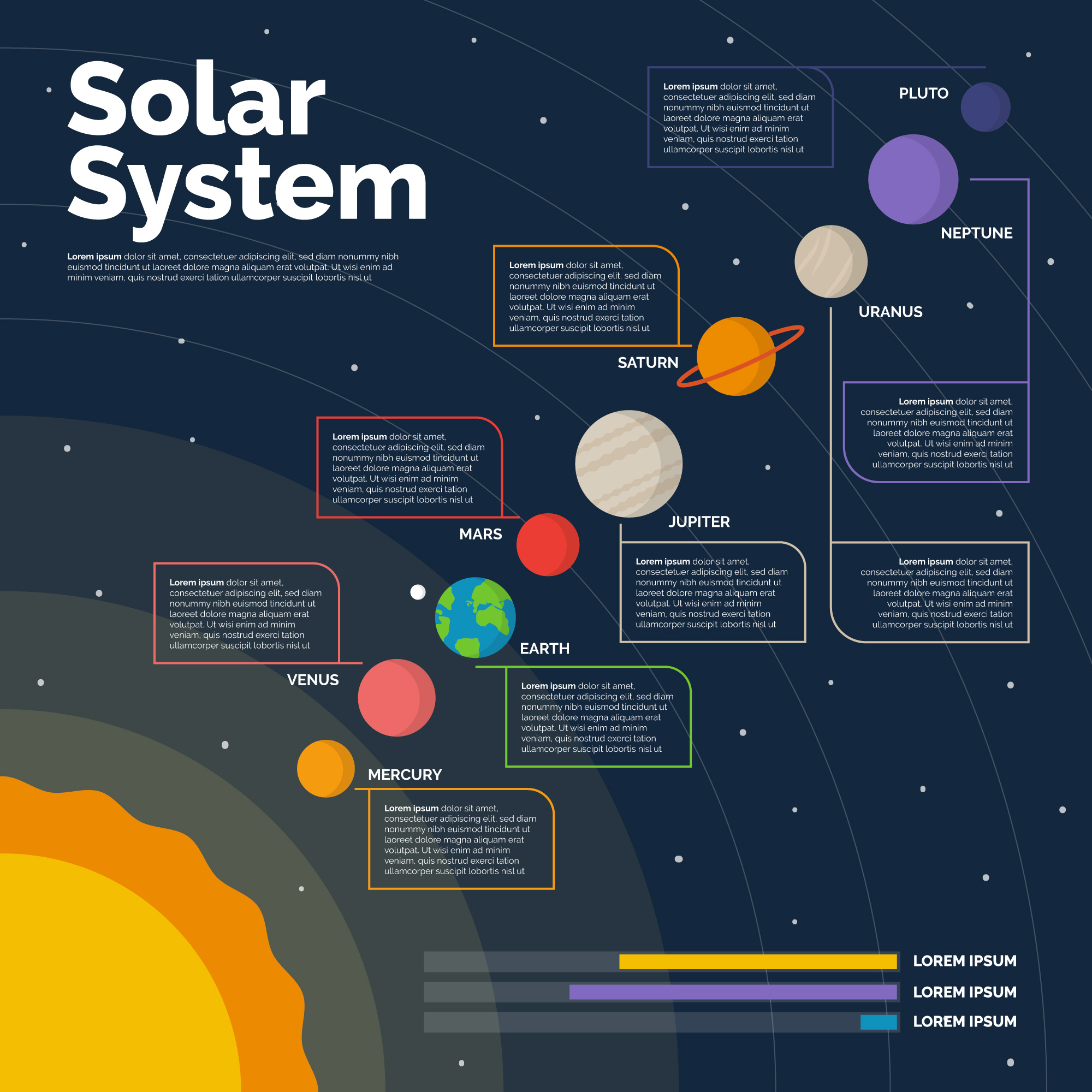Embarking on a solar system project can be an exciting and educational experience for students, enthusiasts, and even families. Creating a scale model of the solar system allows us to explore and understand the vastness of our celestial neighborhood. In this comprehensive guide, we will walk you through the steps of creating a captivating solar system project that is both engaging and informative. So, let’s dive in and discover the wonders of our cosmic backyard!
Choosing the Project Type:

When starting a solar system project, the first step is to determine the type of project you want to create. There are various options to choose from, such as a hanging mobile, a three-dimensional diorama, or a digital representation. Consider your resources, time constraints, and personal preferences to select the most suitable project type for you.
Gathering the Materials:
To bring your solar system project to life, you will need certain materials. Depending on the chosen project type, common materials include foam balls, wire, paint, modeling clay, cardboard, string, and a sturdy base. Additionally, collect reference materials like books, websites, and documentaries to ensure an accurate representation of the planets and their characteristics.
Researching the Solar System:
Before diving into the project, take the time to research and learn about the solar system. Gain knowledge about the planets, their sizes, distances from the Sun, and their unique features. Delve into fascinating facts such as the composition of each planet, their moons, and any outstanding phenomena associated with them. This research will provide the foundation for an accurate and informative project.
Designing and Creating:
Once you have gathered the necessary materials and acquired knowledge about the solar system, it’s time to get creative! Sketch out your project design and plan the placement of each planet, ensuring proportional distances and sizes. If using foam balls, you can paint and decorate them to resemble the actual planets. For a diorama or digital project, employ your artistic skills to bring the solar system to life.
Adding Informational Elements:
To make your solar system project educational, incorporate informative elements. Attach labels or write descriptions for each planet, highlighting important facts such as their order from the Sun, size, composition, and notable characteristics. You can also include interesting trivia or QR codes that link to additional online resources for further exploration.
Showcasing the Project:
Once your solar system project is complete, it’s time to showcase it. Consider presenting it at school science fairs, community events, or even within your home to share your knowledge with others. Taking photos or creating a video of your project can also be a great way to share your creation with a wider audience online.
Reflecting and Learning:

After completing your solar system project, take a moment to reflect on the process and what you’ve learned. Consider the challenges you faced and how you overcame them. Reflecting on your experience will not only help you grow personally but also improve your skills for future projects.
- Enhancing the Project with Interactive Elements: To take your solar system project to the next level, consider incorporating interactive elements. This could include motorized planets that rotate around the Sun, LED lights to represent stars, or even a push-button audio guide that provides information about each planet when pressed. These interactive features will engage viewers and make your project truly stand out.
- Incorporating Sustainability and Renewable Energy: As we explore the solar system, it’s essential to highlight the importance of sustainability and renewable energy. Consider incorporating solar panels into your project to power the interactive elements or use recycled materials for constructing the planets. This environmentally conscious approach adds an educational aspect to your project and encourages discussions on sustainability.
- Collaborative Solar System Projects: Engage in a collaborative solar system project by involving classmates, friends, or family members. Each participant can take responsibility for researching and creating a specific planet or celestial body. This collaborative effort not only spreads the workload but also fosters teamwork, communication, and a deeper understanding of the solar system as a whole.
- Exploring Beyond the Solar System: While focusing on the solar system, exploring what lies beyond is fascinating. Consider incorporating a section in your project that introduces exoplanets, galaxies, or other cosmic wonders. This expansion will broaden the scope of your project and ignite curiosity about the vastness of the universe.
- Incorporating Technology: Virtual Reality and Augmented Reality: Harness the power of technology to enhance your solar system project. Use virtual reality (VR) or augmented reality (AR) applications to create immersive experiences. With VR, viewers can virtually explore the solar system, while AR overlays digital information onto physical models, providing an interactive and informative experience.
- Hosting a Solar System Exhibition: Take your solar system project to the next level by organizing a solar system exhibition. Collaborate with other students, teachers, or local organizations to create a larger-scale event where participants can showcase their projects. Consider inviting guest speakers, arranging workshops, or even incorporating planetarium shows to make it an enriching and memorable experience for all attendees.
- Documenting the Journey: Creating a Project Journal or Blog: Throughout the process of creating your solar system project, keep a project journal or blog. Document your progress, challenges, and newfound knowledge. This not only helps you keep track of your work but also provides an opportunity to share your experience with others. You can also use social media platforms or educational websites to connect with like-minded enthusiasts and gain inspiration from their projects.
Conclusion:
A solar system project is a fantastic way to combine creativity, education, and scientific exploration. By incorporating interactive elements, embracing sustainability, collaborating with others, and leveraging technology, you can create a memorable project that inspires and educates. Remember to document your journey and share your knowledge with others, fostering a love for astronomy and the wonders of our solar system. So, let your imagination soar and embark on a captivating solar system project that leaves a lasting impact!
Last but not least, Engaging in a solar system project is an exciting way to explore the wonders of our cosmic neighborhood. Through research, creativity, and attention to detail, you can create a captivating representation of the solar system that educates and inspires others. Remember, the journey itself is as important as the final result. So, gather your materials, unleash your creativity, and embark on this educational adventure of the solar system project!
